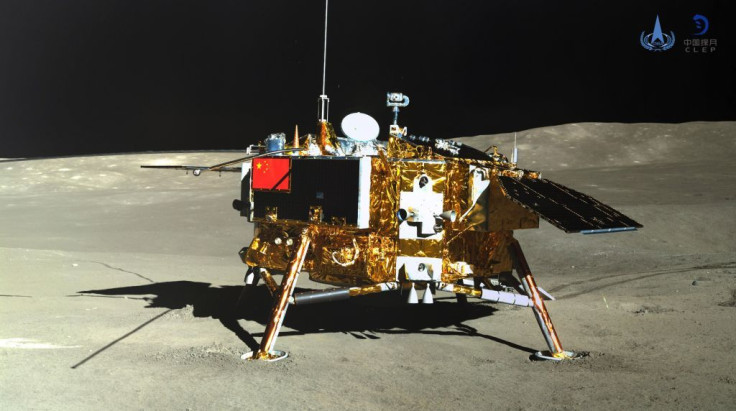Human Settlement On Moon Possible? How China Plans To Build Lunar Base

After China's Chang'e-4 made a historic landing on the "dark" side of the Moon, it seems the China National Space Administration has more ambitious plans for the future. Their latest goal is to build an international lunar base, possibly with the use of 3D printing technology.
On Monday, the Chinese space agency announced its plan to establish a base on the Earth's satellite in the future, Phys.org first reported. However, this may not happen within the next few years since CNSA still has four more lunar missions scheduled to launch before moving on to this huge project. But Wu Yanhua, deputy chief commander of China's Lunar Exploration Programme, confirmed that they will begin testing equipment for an international moon research base on their future lunar missions.
"China, the United States, Russia and Europe are all discussing whether to build a research base or a research station on the moon," Wu said at a press briefing. He also revealed that they are currently looking into utilizing 3D printing technology to build lunar facilities.
This new announcement comes after the Chang'e-4 probe successfully touched down on the far side of the Moon on Jan. 3, making China the first to land a spacecraft on the area of the satellite that cannot be seen from Earth. Following its landing on the Von Karman Crater, which is located in the South Pole-Aitken Basin, the Chang'e-4 released the Yutu-2 (Jade Rabbit) rover that will perform experiments and gather data from the lunar surface.
"It will be the first time that we are able to study the origin and formation... (of) the darker side the moon, including the age of... the moon," said Wu Weiren, general designer of the Lunar Exploration Programme.
As for the Chinese space agency's future lunar missions, Wu confirmed that the next probe, the Chang'e-5, is scheduled to launch by the end of 2019, according to Xinhua. The Chang'e-5, which is set to collect samples from the Moon, was originally scheduled to be launched in the second half of 2017. However, its mission was postponed after the Long March 5 Y2 rocket — its planned carrier — failed in a separate launch in July 2017.
After the Chang'e-5, Wu said the CNSA will then launch Chang'e-6, which will take samples from the Moon's south pole and bring them back to Earth. He added that they have not yet decided whether it will gather material from the far side or near side of the Moon and that their decision will depend on Chang'e-5's mission.
After this, the Chang'e-7 will explore the Moon's south pole and gather information on its topography, material composition and space environment. The last one, the Chang'e-8, will be more focused on the planned international moon base. This mission has the goal of testing technologies and doing "some preliminary exploration" of the area where countries could jointly build a research base in the future.
© Copyright IBTimes 2024. All rights reserved.





















